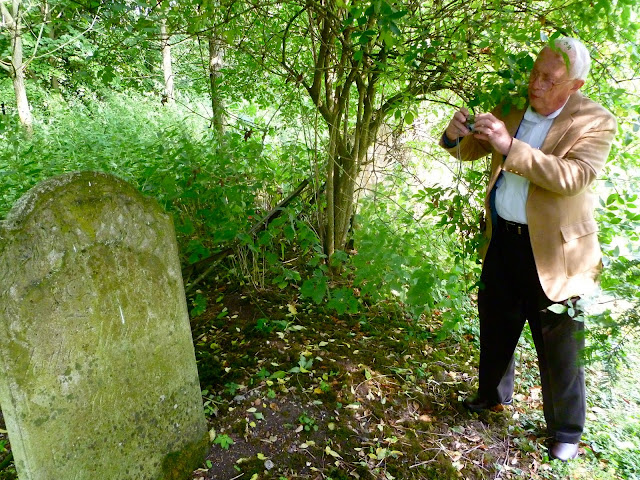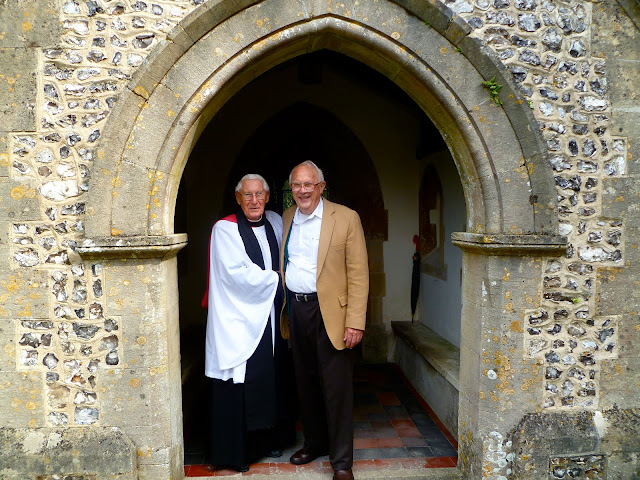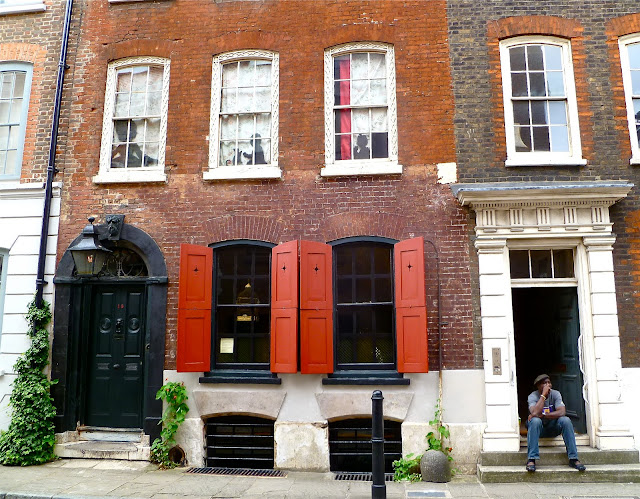 |
| The Mendips seen across the Somerset Levels |
I used to love Geography as a subject when I was at school. It seemed so practical and useful. I learned how to read maps and what map features signified, which came in valuable later when I joined the TA. We learned where places were, and why they may have been built there. We leaned things about the weather; but not too much. We knew the capital cities of every country - even the trick ones like Australia and Canada - and many of the general knowledge questions which we had to answer as part of our annual test at prep school were based on geographic knowledge. And when I began work dealing with people and ships in every part of the globe, I found myself well-prepared to find the tiny ports that no one has ever heard of but where some problem had occurred, and deal with geographic singularities such as the huge and dangerous troughs that form where the Aguhlas current meets the Indian Ocean and into which ships' bows can fall, as well as the astonishingly swift currents that run in Japan's Inland Sea around Imabari and the incredible tides of Bhavnaghar.
Much later, I became astonished at the decline in basic geographic knowledge among the young and then began to realise that despite the beauty and facility of Google Earth and their maps, the rise of the Sat Nav was also causing an apparent loss of interest in the features of the journey. I even wrote on Facebook, 'I wish that my Sat Nav told one the history of the country through which one is passing'.
Now a book has been written - 'Never Eat Shredded Wheat' by Christopher Somerville, which captures my unease. He writes: 'So why don't we see what is there any more? Is it bad teaching of the basics? No teaching of the basics? ...Half a dozen theories:
1. Children don't get out and wander about their local streets and countyryside as they used to, because this generation of parents, bewitched by health and safety, harbours irrational fears about traffic, or stranger danger, or accidents by flood or field. Therefore children never learn to absorb the landmarks, unimportant in themselves - a tree, a gate, a bend in the lane - that make up their own personal geography.
2. We are all frantic to get where we are going quickly as possible. Work pressures, social arrangements, I-can-be-there-for-a-meeting-if-I-leave-home-at-4am - our fast cars and 125mph trains and Edinburgh-in-forty-minutes planes force the pace, and we blindly follow.
3. We don't need to look out of the window at the outside world, because the outside world is now inside the car or bus or train carriage with us: the boss on the mobile, the Stock Market on the mobile internet, the e-mail bleeping on the Blackberry, the news on the laptop.
4. In spite of being more contactable by the outside world, we are more insulated from it. What do the rainy hills, the budding trees or the sun-driend fields, the smell of the earth or the crunch of an icy puddle have to do with the cosy cut-off world we inhabit as we flash by - a world whose sounds, smells, climate, light and shade we can select to suit ourselves at the touch of a button.
5. And that applies to foot and bike travellers too, iPods plugged in, shades on, insulated by Gore-Tex and Neoprene, pumped up by adrenaline advertising, staring ahead and burning calories, using the countryside as a gym - To the Max! Go for it! Rippin' Up the Ridgeway!
6. Planning a journey, and then doing it, have been reduced by GPS, Sat Nav and Google Maps and other positional and directional tools to a matter of a) where to start, and b) where to finish.
Everything in between is taken care of by 'someone else'- namely the little personal servant goblin who lives in the gizmo and tells us exactly where to turn left and how far it is to the next service station. So we read Ordnance Survey maps and road atlases less; we have less peripheral context about any given place because we're missing the wealth of superfluous but civilising and enriching detail inherent in maps, so plump with facts and knowledge, so redolent of our huge heritage of national culture and history. To move through a GPS landscape of grey blanks knitted together by spider lines is to negate the very notion of Stevenson-style travelling. Lay the Google and the OS 1:25,000 Explorer maps of the Stonehenge area side by side. On Google, roads and a ghostly hint of buildings. That's it. On the Explorer, all round the mighty henge itself: ridged and billowing downland, ancient trackways, processional paths, long barrows and tumuli where our distant lordly ancestors lie buried, the mysterious banking of the Cursus track, copses and spinneys bounded by unexplained earthworks.
So we actually need all this stuff to go from Amesbury to Winterbourne Stoke? No, we don't. Should we delight in it and feel grateful to be part of it, and smack our imaginative lips over it and be inspired to come back and explore it with a flower book and an archaeology book on a sunny day soon? Absolutely.'
How much I agree - though I still love the Tom Tom when I'm late and lost!










